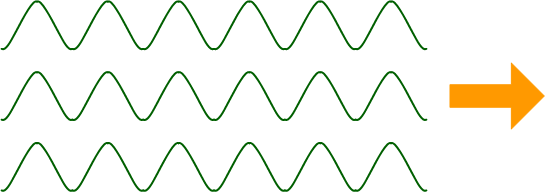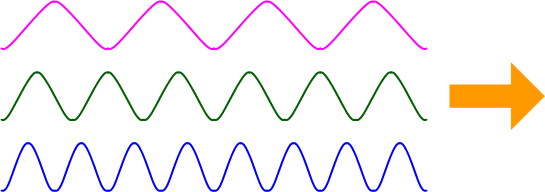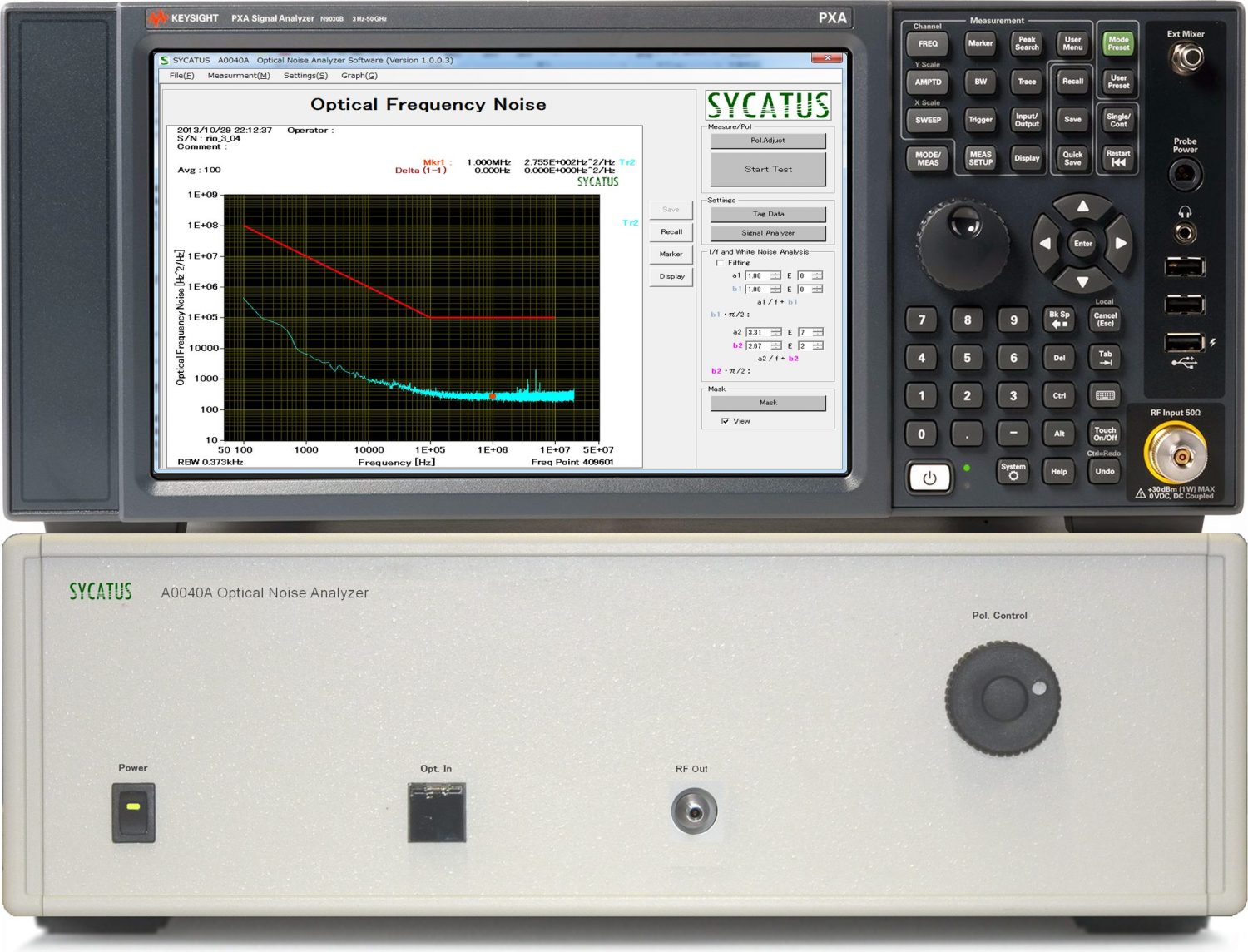Laser light plays an important role in a wide variety of fields, from our everyday lives to cutting-edge science and technology. The core concept is coherent. This article will explain in detail the basic meaning of coherent, its properties, and terms related to laser light.
Table of Contents
- Importance of Coherent Light
- List of Terms Related to Coherent
- SYCATUS Products
- Summary
- Feel free to contact us.
What is coherent?
Basic Meaning of Coherent
“Coherent” means a state of consistency or harmony. In the field of optics, it refers to light that is consistent in wavelength and phase, of which laser light is a typical example. This allows laser light to have characteristics such as interference, high directivity, and high energy density.


The level of coherence depends on the object for which it is used. Compared to incandescent light, any laser light is coherent. However, applications that actively use the coherence characteristic of coherent light require a higher level of coherence than is possible with general laser light.
Uses of Coherent Light
The characteristics of laser light, which typifies coherent light, are utilized in many practical applications.
- Medical: Medical lasers used in laser surgery and skin treatments offer precise energy control.
- Industry: Laser processing machines enable high-precision cutting and welding of metals and plastics. They are also widely used in sensing applications such as LiDAR.
- Communication Technology: In fiber optic communications, coherent light enables fast and stable data transmission.
These applications demonstrate that coherent nature is the foundation for the development of technology.
Importance of Coherent Light
Role of Coherent Light in Science and Technology
The coherent nature of laser light plays an important role in many sciences and technologies.
- Precision measurement: Interferometry and holography enable measurements on the nanometer scale.
- Quantum technology: Coherent light is an essential element in the realization of quantum communications and quantum computers.
- Medicine: The use of laser light in applications such as OCT (Optical Coherence Tomography) and PDT (Photodynamic Therapy) has contributed significantly to the advancement of medicine.
From these applications, one can understand how important coherent nature is for the development of science.
Applications of Coherent Light in Everyday Life
Laser light is used in many aspects of everyday life.
- Consumer electronics: Blu-ray players and laser printers utilize coherent light.
- Security technology: Laser technology in fingerprint and facial recognition contributes to improved accuracy.
- Entertainment: Light shows and projection mapping take advantage of the high directivity of laser light.
These examples show how laser technology supports our everyday life.
List of terms related to coherent
To understand “coherent” in depth, it is important to know the related terms as well. The following is a list of key terms related to coherence.
Coherence
“Coherence” refers to the property of a wave or signal to remain consistently in phase. In optics, coherence or consistency is an important concept that underpins the accuracy of measurements and communications.
Coherence Length
“Coherence length” refers to the difference in optical path length at which the interference of light is maintained. Generally, it is expressed as c/Δf, where Δf is the spectral linewidth of light and c is the speed of light.
Coherent Light Source
A “coherent light source” is a device that produces light that is consistent in wavelength and phase. A typical example is a laser, which has the following characteristics
- High directivity: the ability of light to travel in a straight line without diffusion.
- High energy density: Efficient use of energy.
- Interference: useful for precise processing and measurement.
Non-coherent
“Non-coherent” refers to the absence of wavelength or phase alignment. Sunlight or incandescent light is an example of this, as the light is diffuse and has no specific direction. Incoherent light is characterized by the difficulty in focusing the light on a specific target.
SYCATUS products
“Optical Noise Analyzer A0040A” for laser light noise evaluation
The A0040A optical noise analyzer is the industry's first solution to quantitatively evaluate laser coherence as linewidth or optical frequency noise power spectrum density.
It covers a wide wavelength range from O-band to L-band. Its very high resolution and sensitivity allows evaluation of Lorentz linewidths as low as 0.002 Hz. In addition, the dynamic range exceeds 100 dB, enabling correct measurements even when an optical frequency dither is used in the ITLA.
It has the capability to analyze 1/f noise, white noise, and Lorentz linewidth of lasers, which are required for light sources in digital coherent transmission systems. It requires no pre-measurement adjustments and provides excellent accuracy and repeatability while increasing measurement throughput.

Summary
This article explains the basic meaning of coherent and its relationship to laser light. Coherent plays an important role in a wide range of fields such as medicine, communications, industry, and everyday life.
As laser technology evolves, the concept of coherent is expected to attract more and more attention. Knowing this will help us gain a better understanding of the technology that is essential to our daily lives.
References
- コヒーレント|ウシオ電機株式会社
- KLV大学 レーザーコース|【図解】レーザーの種類とそれぞれの原理や特性、使われ方を基礎から解説|ケイエルブイ株式会社
- レーザーとは?|株式会社キーエンス
- レーザーダイオード(半導体レーザー)とは?|Tech Web|ローム株式会社
- レーザーとは?|株式会社日本レーザー
Feel free to contact us.
SYCATUS has been a pioneer in measurement in the field of optical communications and optical sensing, providing integrated hardware and software systems for measurement for over 20 years.
We will continue to provide innovative optical measurement technologies developed based on expertise, uniqueness, and accuracy to the world.
We also provide expert advice on a wide range of optical measurement questions and concerns regarding the installation of system equipment.
Our experts are ready to help you solve your optical measurement problems.


